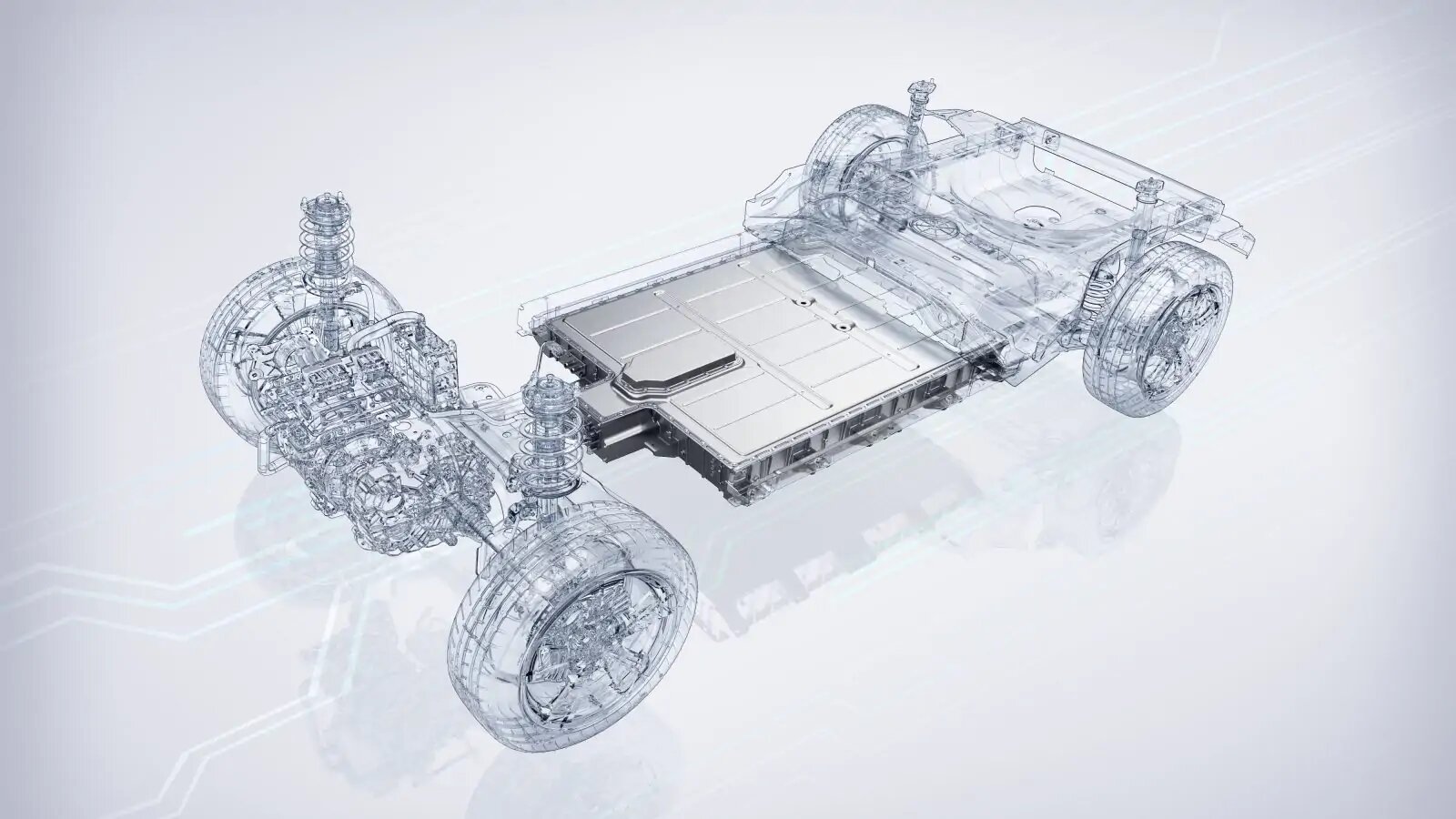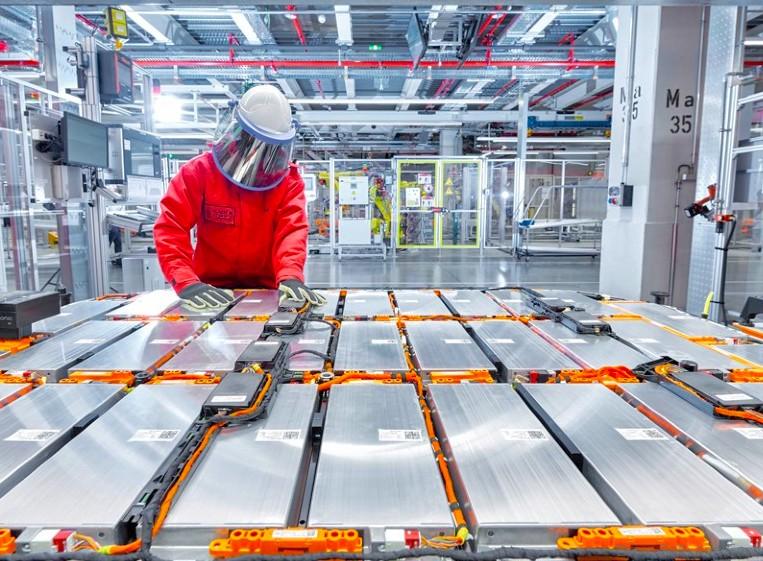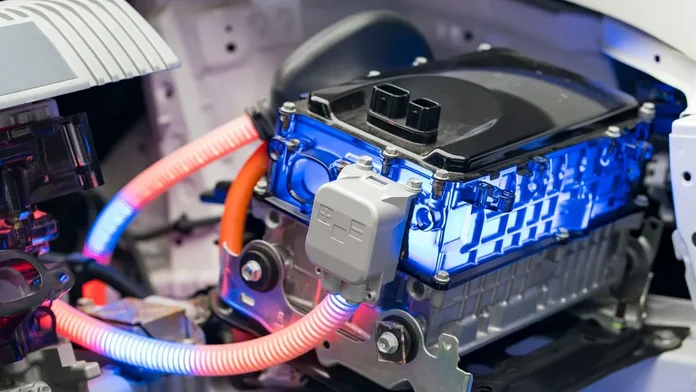The EV range game is about to change forever with this new innovation
As electrification has led to the fall of the internal combustion engine (ICE) powertrain and the rise of the electric vehicle (EV), there has been one constant problem that many cite as a reason to not abandon the ICE powertrain as EVs cannot match its range. Well, Porsche and Mercedes-Benz are about to change that forever.

With all new energy vehicles (NEVs) and EVs inn general, these vehicles are all powered by batteries, that is after all why most conventional EVs are called battery electric vehicles BEVs, and so with the simple shift of battery anode materials from graphite to silicon, the two German carmakers have seemed to solve the range issue.
Moreover, while the more privileged people in Malaysia can own both an EV and an ICE car, many less fortunate Malaysians who can only afford one car will have no choice but to buy an EV as the world is slowly outlawing ICE cars. For these people long range is a must, not a luxury, and EVs still cannot deliver on this front for now.
Now while some tinfoil hat wearing conspiracy theorist will tell you the reason an EV does not have as much range as an ICE car, it is so the government can deter you from moving around and shut your car down whenever they please, I doubt any government is that controlling, but the range issue is still an issue nonetheless.
At the moment, conventional wisdom would suggest that to achieve a longer EV range, one would need more batteries or larger ones and this means more weight. Unfortunately, heavier cars present their own problems including needing more power to sustain the added weight so the range remains mostly the same.

So now, two German automakers, Porsche and Mercedes-Benz, have proven their… German-ness? Yes, I know it’s not a real word, get off my back. Well the two brands did what the Germans are known for and made a technological innovation by simply changing the chemistry of the batteries themselves.
On top of that, an EV uses lithium batteries that employ a graphite anode which is, inherently, a bit flawed due to its low density. However, Porsche and Mercedes-Benz have figured out that silicone can hold ten times more charge compared to graphite as well as recharge faster as a result of its lower internal resistance.
So what does all this mean? Well, essentially, now an EV will be able to travel much further, recharge much faster, go through wear and tear much slower and the best part is, to do it all without having to use more expensive batteries or use more or larger batteries. This is a game changer indeed.



So what do you guys think about this? Will this make EVs more accessible or will it make EVs more expensive and therefore, less accessible? I suppose time will tell so let’s stay tuned.
We got all this from Carscoops and their full article is linked here. Thank you Carscoops for the information.

